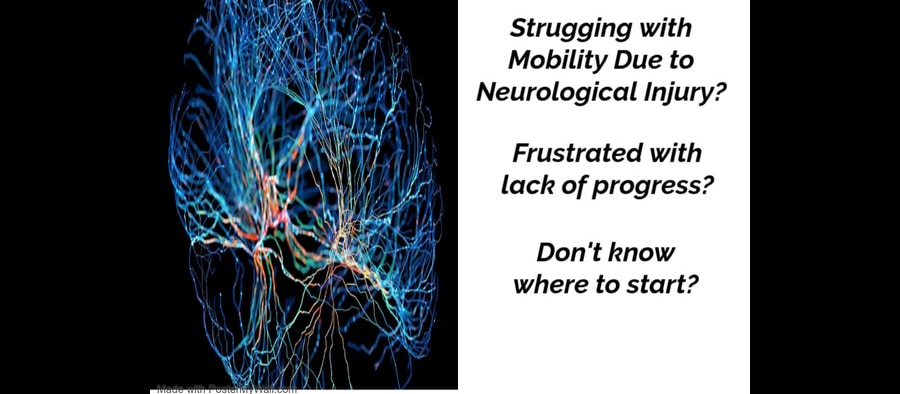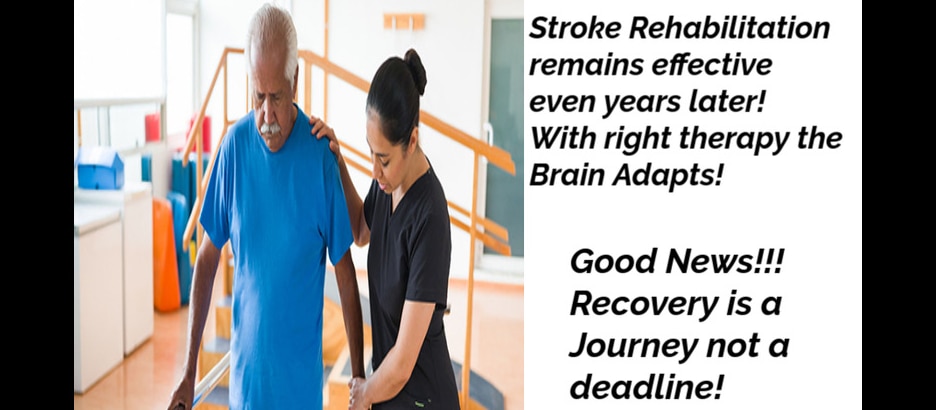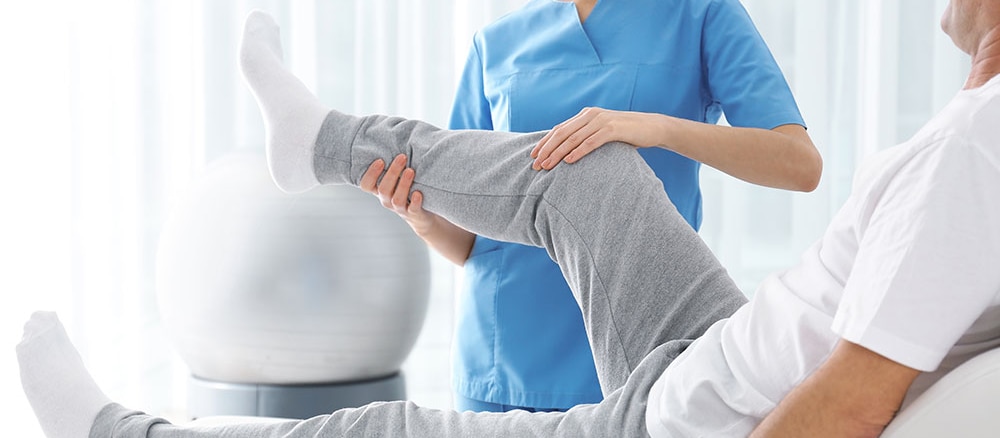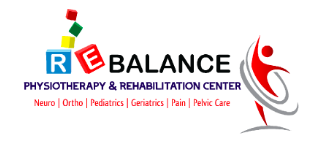Pre & Post natal Physiotherapy
**Pre and Postnatal Physiotherapy** is a specialized field that focuses on the care and rehabilitation of women during pregnancy (pre-natal) and after childbirth (post-natal). Physiotherapy during this period aims to promote physical well-being, ease discomfort, and help the body recover after the physical challenges of pregnancy and childbirth.### **Pre-Natal Physiotherapy:**This focuses on supporting women through the physical changes that occur during pregnancy, helping to manage discomfort and prepare for labor. The main goals are to ensure comfort, prevent injury, and maintain overall health throughout the pregnancy.#### **Key Components:**1. **Postural and Pelvic Alignment**: - Pregnancy alters the body’s center of gravity, leading to back pain and postural imbalances. Physiotherapists provide exercises and advice on maintaining good posture to reduce pain and strain on the lower back and pelvis.2. **Pelvic Floor Exercises**: - Strengthening the pelvic floor is vital to help prevent incontinence, reduce pelvic pain, and prepare the body for labor. Physiotherapists guide expectant mothers through pelvic floor exercises (e.g., Kegel exercises) to strengthen and relax the pelvic muscles.3. **Breathing and Relaxation Techniques**: - Breathing exercises can reduce stress and anxiety while also improving oxygen flow, which is essential during labor. Techniques such as diaphragmatic breathing can promote relaxation and improve stamina for childbirth.4. **Core Strengthening**: - Strengthening the core muscles (abdominals, lower back, and pelvic region) can help support the growing belly and reduce the strain on the spine. This can also ease discomfort and prevent complications like pelvic girdle pain.5. **Managing Pregnancy-Related Pain**: - Conditions like **sciatica**, **round ligament pain**, **lower back pain**, and **pubic symphysis dysfunction** are common during pregnancy. Physiotherapists can suggest exercises, manual therapy, and posture adjustments to alleviate these discomforts.6. **Education on Body Mechanics**: - Physiotherapists educate women on safe body mechanics, teaching proper ways to lift, bend, and move to avoid unnecessary strain or injury, which can be especially important as pregnancy progresses.7. **Exercise Programs**: - Safe exercises like walking, swimming, and gentle strength training can help improve cardiovascular fitness, prevent excessive weight gain, and prepare the body for labor. Physiotherapists often create individualized exercise programs to help manage weight, enhance flexibility, and reduce fatigue.8. **Stretching and Flexibility**: - Stretching exercises help reduce muscle tension, improve circulation, and maintain flexibility, all of which are beneficial during pregnancy and can aid in recovery after childbirth.#### **Benefits of Pre-Natal Physiotherapy:**- **Reduced back, hip, and pelvic pain**.- **Improved posture and core strength**.- **Preparation for labor** (e.g., better stamina and breathing techniques).- **Reduced risk of postural and musculoskeletal issues** during and after pregnancy.- **Pelvic floor strengthening** to prevent incontinence.- **Promotes overall well-being** and reduces anxiety or stress.### **Post-Natal Physiotherapy:**This focuses on recovery after childbirth, helping mothers regain strength, function, and mobility, as well as addressing any physical changes caused by pregnancy and delivery. It is also aimed at preventing long-term complications such as pelvic floor dysfunction, incontinence, and back pain.#### **Key Components:**1. **Pelvic Floor Rehabilitation**: - After childbirth, pelvic floor muscles may be weakened or stretched, leading to issues like incontinence or pelvic organ prolapse. Physiotherapists focus on strengthening the pelvic floor to restore function and prevent complications.2. **Core Strengthening and Abdominal Recovery**: - Pregnancy stretches and weakens abdominal muscles, especially the **rectus abdominis** (the "six-pack" muscles), which can lead to a condition called **diastasis recti** (separation of the abdominal muscles). Physiotherapists teach exercises to help close this gap, strengthen the core, and improve overall stability.3. **Postural Re-education**: - After childbirth, the body may still be adjusting to the physical stresses of pregnancy and labor. Physiotherapists can help new mothers with posture retraining to alleviate back pain and improve alignment, particularly as they adjust to caring for their newborn (e.g., breastfeeding and lifting the baby).4. **Managing Postpartum Pain**: - Postpartum women often experience back, pelvic, and hip pain due to the body’s recovery after childbirth. Physiotherapists can use techniques such as manual therapy, stretching, and exercises to reduce discomfort and restore mobility.5. **Breathing and Relaxation Techniques**: - Postpartum women may experience anxiety or stress due to hormonal changes, lack of sleep, and the demands of caring for a newborn. Breathing and relaxation techniques help reduce stress, improve energy levels, and promote overall well-being.6. **C-Section Recovery**: - Women who have had a **C-section** may require specific rehabilitation exercises to support abdominal recovery, improve scar tissue mobility, and restore strength to the core muscles. Physiotherapists provide guidance on gentle mobilization and progressive strengthening exercises.7. **Functional Exercises for Daily Activities**: - As new mothers resume their daily activities (e.g., lifting, carrying, breastfeeding), physiotherapists teach safe and functional exercises to avoid strain or injury.8. **Weight Loss and Fitness Programs**: - Safe, progressive exercise programs are designed to help new mothers regain pre-pregnancy fitness levels, focusing on cardiovascular fitness, strength, and flexibility.#### **Benefits of Post-Natal Physiotherapy:**- **Restores pelvic floor function** and reduces the risk of incontinence.- **Strengthens abdominal muscles** and helps correct diastasis recti.- **Promotes recovery from C-section or vaginal delivery**.- **Alleviates back, pelvic, and hip pain** associated with postpartum changes.- **Improves posture** and function for better daily living.- **Promotes overall physical and emotional well-being** during the challenging postpartum period.### **When to Start Pre and Postnatal Physiotherapy:**- **Pre-Natal Physiotherapy**: Ideally, pre-natal physiotherapy can start at any time during pregnancy. Early intervention helps prevent discomfort, and as pregnancy progresses, it becomes even more beneficial for managing changes in posture and muscle function.- **Post-Natal Physiotherapy**: Postnatal physiotherapy can begin as early as 6 weeks after vaginal delivery or 8-12 weeks after a C-section, depending on the individual’s recovery. A physiotherapist will assess the healing process and create a tailored rehabilitation plan.### **Overall Benefits of Pre and Postnatal Physiotherapy:**- **Improved recovery post-birth**.- **Reduced risk of long-term pelvic floor issues**.- **Relief from musculoskeletal pain** (back, hip, neck).- **Increased physical and emotional well-being**.- **Support for better baby care** (e.g., lifting, breastfeeding posture).Pre and postnatal physiotherapy offers significant benefits in preparing for the physical demands of pregnancy and childbirth, and supports recovery and rehabilitation afterward. If you’re pregnant or postpartum, working with a physiotherapist can help make this challenging but rewarding period easier and more comfortable. Would you like more details on a specific aspect of pre or postnatal care?
READ MORE



